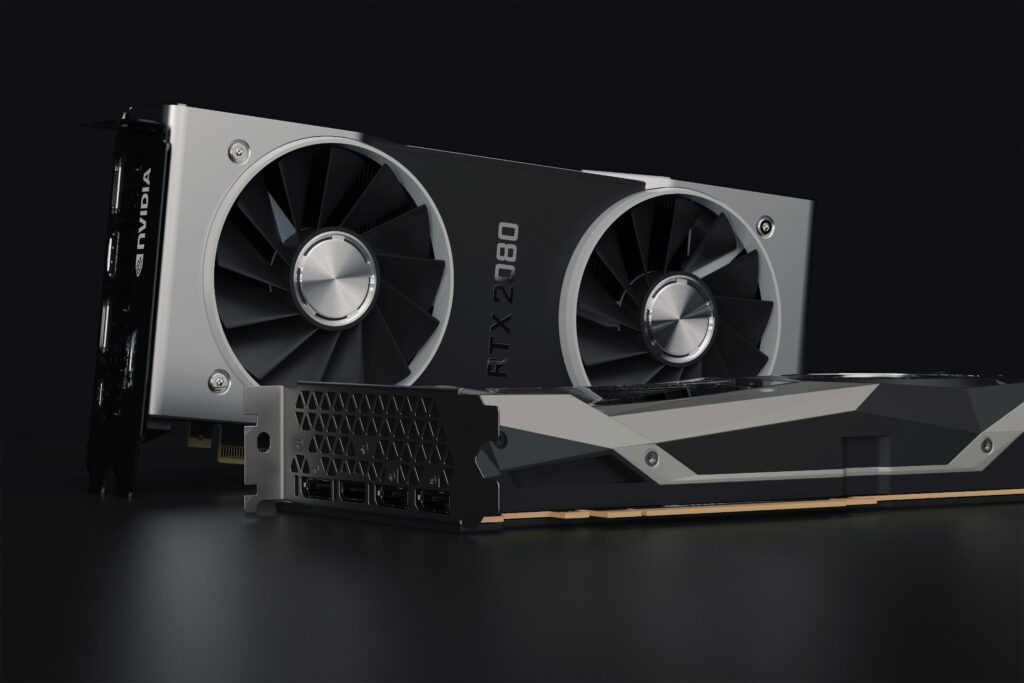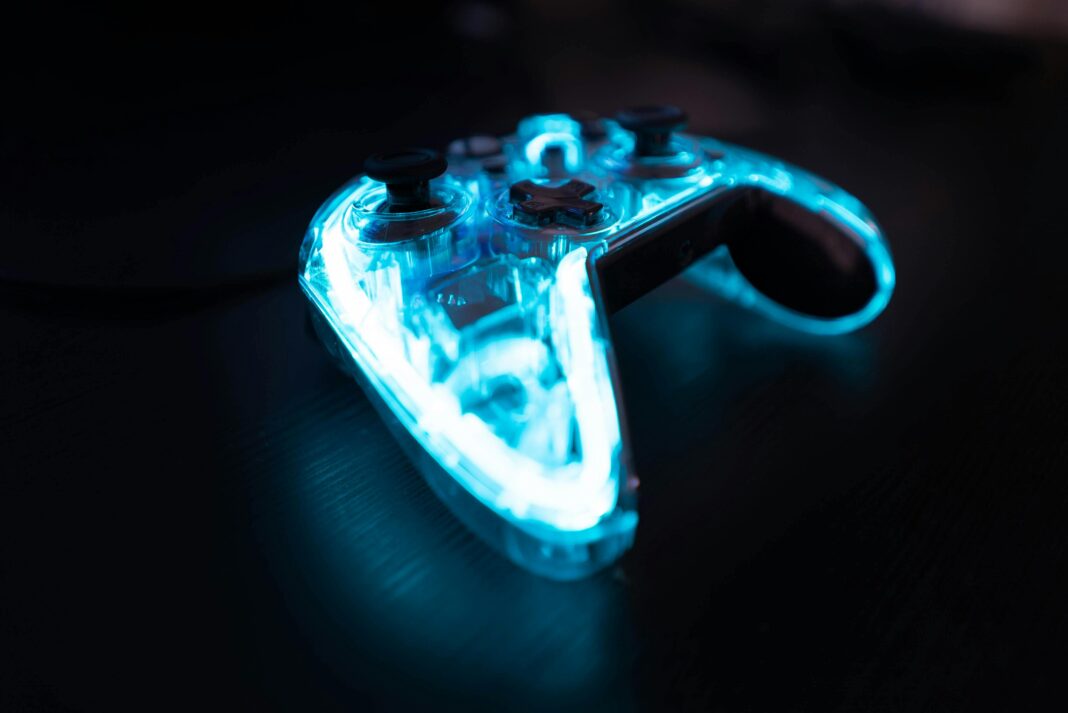Mobile gaming has undergone a seismic shift in recent years. What was once limited to casual titles like Angry Birds and Candy Crush has now evolved into a platform capable of delivering near-console-quality experiences. The driving forces behind this transformation are ray tracing and console-level graphics, technologies that were once exclusive to high-end PCs and gaming consoles.

With smartphones now packing more processing power than last-gen consoles, game developers are pushing the boundaries of what mobile devices can achieve. Companies like Qualcomm, Apple, NVIDIA, and ARM are investing heavily in mobile GPU advancements, ensuring that future games will look and perform better than ever.
This article will explore:
- How ray tracing works on mobile devices
- The hardware enabling console-quality graphics on smartphones
- The challenges of high-fidelity mobile gaming
- The role of AI and cloud gaming in enhancing visuals
- Predictions for the next five years
By the end, you’ll have a clear understanding of where mobile gaming is headed and how these innovations will shape the industry.
How Ray Tracing Works in Mobile Gaming
What Is Ray Tracing?
Ray tracing is a rendering technique that simulates the way light behaves in the real world. Unlike traditional rasterization, which uses shortcuts to approximate lighting, ray tracing calculates the path of individual light rays as they bounce off surfaces. This results in:
- Realistic shadows (soft, dynamic, and accurately cast)
- True reflections (mirror-like surfaces, subtle glare)
- Advanced global illumination (natural light diffusion)
How Is Ray Tracing Implemented on Mobile?
Since smartphones have limited power compared to PCs, developers use optimized methods:
1. Hardware-Accelerated Ray Tracing
Modern mobile GPUs now include dedicated ray-tracing cores:
- Qualcomm Adreno (Snapdragon 8 Gen 3) – Supports hardware-accelerated ray tracing
- ARM Mali-G720 – Enhances ray-traced effects in Vulkan & OpenGL ES
- Apple A17 Pro GPU – Custom ray-tracing architecture for iPhone 15 Pro
2. Hybrid Rendering Techniques
Full ray tracing is too demanding for mobile, so developers use:
- Screen-Space Reflections (SSR) – Approximates reflections without full ray tracing
- Voxel-Based Global Illumination – Simulates indirect lighting efficiently
- Dynamic Resolution Scaling – Adjusts resolution to maintain performance
3. Game Engine Optimization
Engines like Unreal Engine 5 (Nanite & Lumen) and Unity (HDRP) now support mobile-friendly ray tracing.
Real-World Examples of Mobile Ray Tracing
- Genshin Impact (Upcoming Update) – Adds ray-traced shadows and reflections
- Fortnite (Android Beta) – Experimental ray tracing on Snapdragon 8 Gen 2 devices
- Diablo Immortal (Future Patch) – Testing ray-traced ambient occlusion
Console-Level Graphics on Mobile: How It’s Possible
The Hardware Revolution
Smartphones now rival last-gen consoles (PS4, Xbox One) in raw GPU power:
1. Next-Gen Mobile GPUs
- Apple A17 Pro (6-core GPU) – 20% faster than A16, supports mesh shading
- Snapdragon 8 Gen 3 (Adreno 750) – 25% faster than Gen 2, with hardware ray tracing
- Dimensity 9200+ (ARM Immortalis-G715) – 15% better efficiency for sustained gaming
2. Advanced Cooling Solutions
Overheating has been a major bottleneck, but new cooling methods help:
- Vapor Chambers – Used in gaming phones like ASUS ROG Phone 7
- Graphene Film Cooling – Dissipates heat faster than copper
- Active Cooling Fans – Some devices (RedMagic, Black Shark) include built-in fans
3. High Refresh Rate Displays
- 120Hz – 144Hz AMOLED Panels – Smoother gameplay (Samsung Galaxy S23 Ultra, iPhone 15 Pro)
- Variable Refresh Rate (LTPO) – Saves battery while maintaining smoothness
Games That Push Mobile Graphics to the Limit
- Call of Duty: Mobile – Near-PS4 quality textures, dynamic lighting
- PUBG Mobile (90 FPS Mode) – Ultra HD assets, realistic ballistic physics
- Genshin Impact (Max Settings) – Comparable to PlayStation 4 visuals
Challenges of High-End Mobile Gaming
1. Thermal Throttling
- Problem: Extended gaming sessions cause overheating, forcing GPUs to underclock.
- Solution: Better cooling systems (vapor chambers, graphene) and performance throttling controls.
2. Battery Drain
- Problem: Ray tracing and high-fidelity graphics consume 40% more power.
- Solution: AI-based dynamic resolution, cloud gaming alternatives.
3. Device Fragmentation
- Problem: Not all phones can run advanced graphics (e.g., budget vs. flagship).
- Solution: Scalable graphics settings, cloud streaming (Xbox Cloud Gaming, GeForce NOW).
The Role of AI in Mobile Graphics Enhancement
1. AI Upscaling (DLSS, FSR for Mobile)
- NVIDIA & AMD’s AI tech is coming to mobile, boosting FPS without quality loss.
2. Neural Rendering
- AI predicts lighting/textures, reducing GPU workload.
3. Smart Performance Optimization
- AI adjusts settings in real-time based on battery, heat, and performance needs.
What’s Next? Predictions for the Next 5 Years
- Ray Tracing in Mid-Range Phones (2025-2026)
- Cloud Gaming Dominance (No need for high-end hardware)
- AR/VR Gaming on Mobile (Apple Vision Pro integration)
FAQ
Q: Will ray tracing make my phone overheat?
A: Yes, unless optimized with hybrid rendering & cooling solutions.
Q: Can a $300 phone run console-quality games?
A: Not natively, but cloud gaming (Xbox Cloud, GeForce NOW) makes it possible.
Q: Is mobile gaming replacing consoles?
A: For casual gamers, yes. But hardcore gamers will still prefer PC/consoles.
Conclusion
The future of mobile gaming is brighter than ever, with ray tracing and console-level graphics leading the charge. As hardware improves and AI optimizes performance, smartphones will continue closing the gap with traditional gaming platforms.
Would you like me to expand any section further? I can add more technical details, developer insights, or future game predictions if needed.

